What is Environmentally Friendly Roofing Materials?
In recent years, the construction industry has witnessed a growing emphasis on sustainability and environmental responsibility. As part of this movement, roofing materials have evolved to become more eco-friendly. Environmentally friendly roofing materials are designed to minimize environmental impact while improving the energy efficiency, durability, and overall performance of a building. This shift reflects a broader trend toward reducing the carbon footprint of both residential and commercial properties.
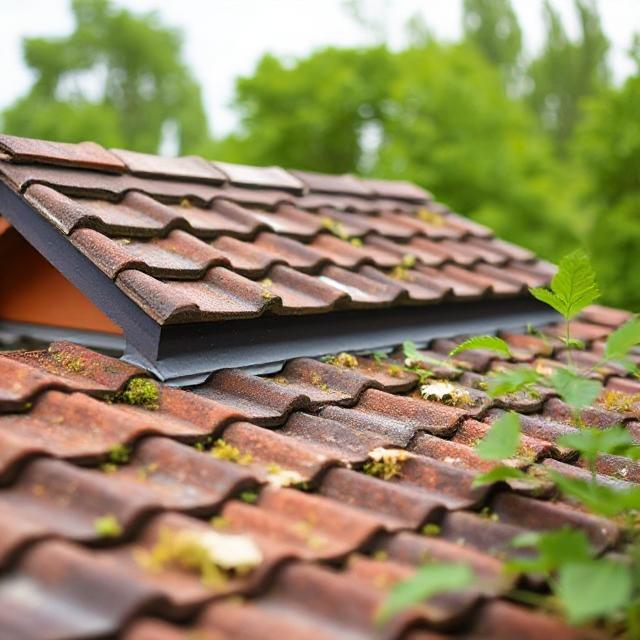
Definition and Purpose
Environmentally friendly roofing materials are those that have been manufactured with sustainable processes or are made from renewable, recyclable, or non-toxic resources. These materials aim to reduce the negative effects on the environment during their production, installation, and life cycle. In addition to being more eco-conscious, many of these materials also offer practical benefits like improved insulation, lower energy consumption, and reduced maintenance requirements.
By incorporating eco-friendly roofing solutions, building owners can help contribute to a healthier planet while simultaneously lowering their energy bills and enhancing the longevity of their roofs.
Benefits of Environmentally Friendly Roofing Materials
Energy Efficiency
One of the most significant benefits of using environmentally friendly roofing materials is their impact on energy efficiency. Many of these materials, such as cool roofs and green roofs, offer enhanced insulation, which helps regulate indoor temperatures. As a result, buildings require less energy for heating and cooling, leading to reduced energy consumption and lower utility bills.
Durability and Longevity
Eco-friendly roofing materials often offer superior durability and longer lifespans compared to traditional roofing options. Materials like metal roofing, clay tiles, and slate are resistant to weathering, moisture, and fire, reducing the frequency of repairs or replacements. This extended lifespan not only benefits the environment but also reduces maintenance costs for homeowners and businesses.
Reduction in Carbon Footprint
By choosing roofing materials made from renewable or recycled materials, building owners can help lower their carbon footprint. The production of eco-friendly materials generally involves fewer emissions compared to conventional materials, contributing to the overall reduction of greenhouse gases in the atmosphere. Solar roofs, for instance, contribute to clean energy production, offsetting the carbon emissions of a building over time.
Stormwater Management
Certain environmentally friendly roofing materials, such as green roofs, provide excellent stormwater management benefits. These systems absorb rainwater, preventing it from running off into storm drains and reducing the risk of flooding in urban areas. By retaining water, green roofs also help filter pollutants before they enter water systems, improving water quality.
Improved Aesthetic Appeal
Many environmentally friendly roofing options offer enhanced visual appeal. Green roofs add greenery to a building's exterior, promoting a more natural, attractive environment. Additionally, materials like slate, clay, and recycled metal can create a unique and stylish appearance while offering durability and energy efficiency.
Why Environmentally Friendly Roofing Materials are Important
1. Reducing Environmental Impact
One of the most compelling reasons for choosing environmentally friendly roofing materials is their ability to reduce the environmental impact of construction projects. Traditional roofing materials often involve harmful extraction processes and generate waste that can contribute to pollution. In contrast, eco-friendly roofing options are typically made from renewable, recycled, or sustainable materials, reducing the depletion of natural resources.
For example, roofing materials like recycled metal, rubber, and plastic help to reduce the amount of waste that ends up in landfills. Materials like green roofs, which support vegetation, contribute positively to the environment by enhancing air quality, reducing heat island effects, and promoting biodiversity. By opting for sustainable alternatives, builders and homeowners actively participate in conserving the earth's resources and preserving natural ecosystems.
2. Improving Energy Efficiency
Energy efficiency is one of the greatest benefits offered by environmentally friendly roofing materials. As buildings continue to account for a significant portion of global energy consumption, improving the energy performance of roofs has become a vital goal in the fight against climate change. Eco-friendly roofing options, such as cool roofs or green roofs, help to significantly reduce the energy required for heating and cooling buildings.
Cool roofing materials reflect a higher percentage of sunlight and absorb less heat, which reduces the need for air conditioning during the warmer months. Similarly, green roofs provide natural insulation that helps regulate indoor temperatures, thus reducing energy demand throughout the year. These materials help reduce both energy consumption and the carbon emissions associated with heating and cooling, making them an essential component of any energy-efficient building.
3. Mitigating the Urban Heat Island Effect
The urban heat island effect refers to the phenomenon where cities experience higher temperatures than surrounding rural areas due to human activities and the prevalence of heat-absorbing materials like asphalt and concrete. This effect not only increases cooling costs but also exacerbates air pollution and contributes to global warming.
Environmentally friendly roofing materials, especially cool roofs and green roofs, can help mitigate this issue. By reflecting more sunlight and promoting natural cooling, these roofing systems reduce the heat retention of urban areas, making them cooler and more comfortable. In densely populated urban areas, the widespread adoption of such materials can significantly lower the overall temperature, improving the quality of life for residents and reducing the strain on local energy grids.
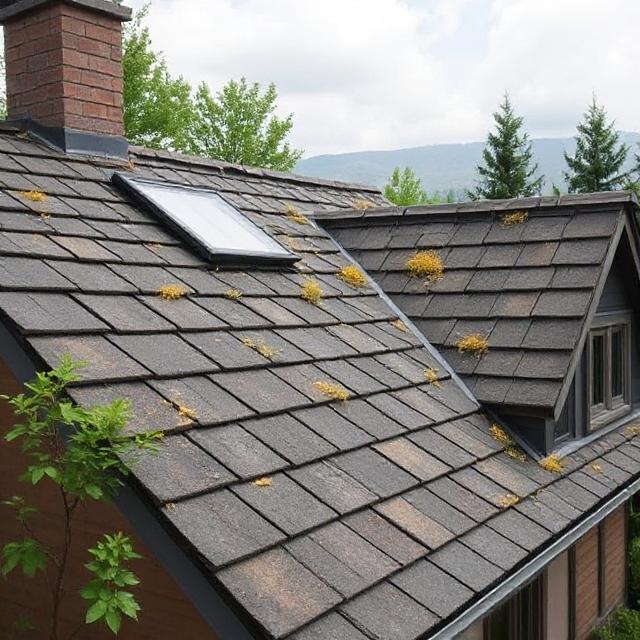
4. Enhancing Long-Term Durability and Performance
Many environmentally friendly roofing materials are known for their durability and longevity, making them a worthwhile investment in the long term. Unlike conventional roofing options, which may degrade quickly due to exposure to harsh weather conditions, eco-friendly materials like slate, clay, and recycled metal are highly resistant to corrosion, extreme temperatures, and other environmental factors.
This durability translates into fewer repairs and replacements, reducing the need for new materials and the associated environmental impact of manufacturing and disposal. Over time, the use of sustainable roofing materials can significantly reduce the overall carbon footprint of a building, as fewer resources are required to maintain the roof.
5. Saving Money in the Long Run
While environmentally friendly roofing materials may come with a higher initial cost, they can offer substantial savings over the long run. Improved energy efficiency can lead to lower utility bills, as buildings with eco-friendly roofs require less energy to maintain comfortable indoor temperatures. In addition, the longevity and durability of these materials mean that homeowners and businesses will spend less on repairs and replacements, further offsetting the initial investment.
Moreover, many governments and municipalities offer tax incentives, rebates, or subsidies for adopting sustainable building practices, including the use of eco-friendly roofing materials. These financial incentives make it even more cost-effective to choose sustainable options, benefiting both the environment and your bottom line.
6. Supporting Sustainable Construction Practices
As sustainability becomes a higher priority in the construction industry, the adoption of eco-friendly roofing materials is an essential step toward achieving broader green building goals. Builders and developers are increasingly integrating sustainable materials into their projects to meet green building certifications, such as LEED (Leadership in Energy and Environmental Design), or to comply with increasingly stringent environmental regulations.
The use of environmentally friendly roofing materials also sets an example for others in the industry. By choosing sustainable options, builders and homeowners can demonstrate their commitment to environmental stewardship and encourage others to follow suit. This ripple effect can help foster a broader shift toward more sustainable construction practices across the industry.
7. Promoting Health and Well-being
Eco-friendly roofing materials can also contribute to improved health and well-being. For instance, green roofs offer additional benefits such as noise reduction, better air quality, and enhanced outdoor spaces for recreation. These factors can have a positive impact on the mental and physical health of building occupants and the surrounding community.
Furthermore, by using non-toxic, low-emission materials, environmentally friendly roofing solutions help improve indoor air quality, which can lead to fewer health issues related to poor ventilation and harmful pollutants. This is particularly important in urban environments where pollution levels are often higher, and access to green spaces is limited.
8. Contributing to Climate Change Mitigation
Finally, the importance of environmentally friendly roofing materials lies in their contribution to climate change mitigation. By adopting materials that are more energy-efficient, reduce carbon emissions, and promote sustainability, we can collectively make a significant impact on global climate change efforts. Buildings are responsible for a substantial share of global greenhouse gas emissions, and by reducing energy consumption and promoting the use of sustainable materials, we can help lower these emissions.
Roofing materials may seem like a small part of the overall picture, but their contribution to reducing the carbon footprint of buildings cannot be overlooked. As more people and businesses embrace these materials, the cumulative effect on the environment will be profound, helping to slow the progression of climate change and protect the planet for future generations.
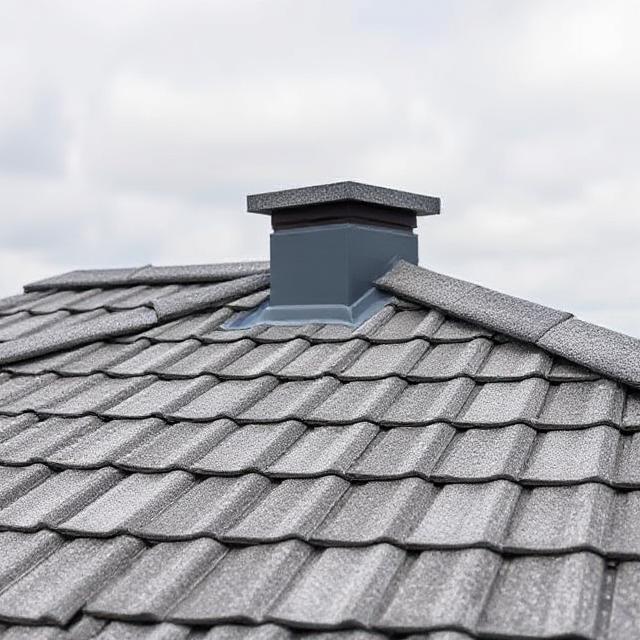 A Greener Future with Sustainable Roofing
A Greener Future with Sustainable Roofing
The future of environmentally friendly roofing materials is bright. As technology continues to evolve and the demand for sustainable practices grows, we can expect to see even more innovative and efficient roofing solutions that not only benefit the environment but also enhance building performance. From solar-powered roofs and smart materials to recycled content and increased durability, the roofing industry is evolving rapidly to meet the needs of the future.
As we embrace these advancements, it's essential to partner with manufacturers and suppliers who are committed to sustainability and innovation. Hangzhou Chuanya Building Materials Co., Ltd. is at the forefront of providing high-quality, environmentally friendly roofing materials that cater to the growing demand for green solutions. Our commitment to sustainability ensures that we offer products that are not only effective but also contribute to a cleaner, greener world.
For more information about our eco-friendly roofing solutions, feel free to visit Hangzhou Chuanya Building Materials Co., Ltd., where we are dedicated to building a sustainable future, one roof at a time.











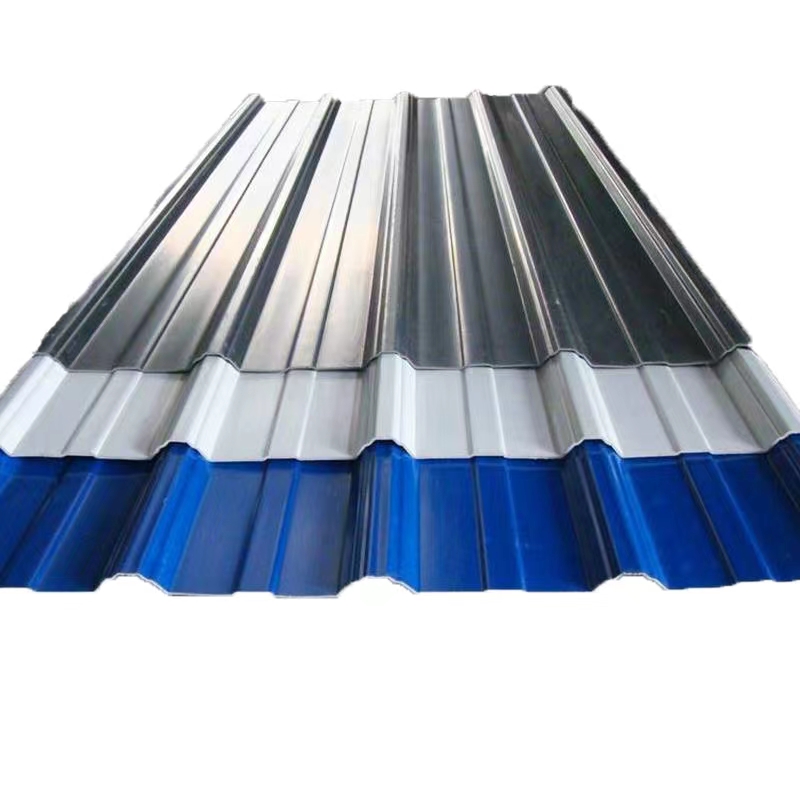
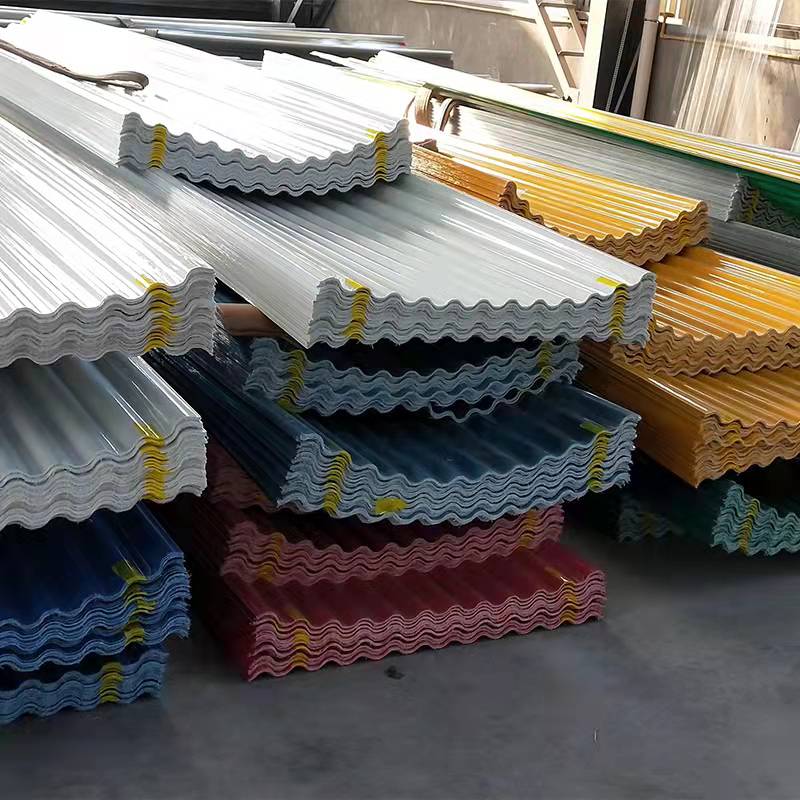
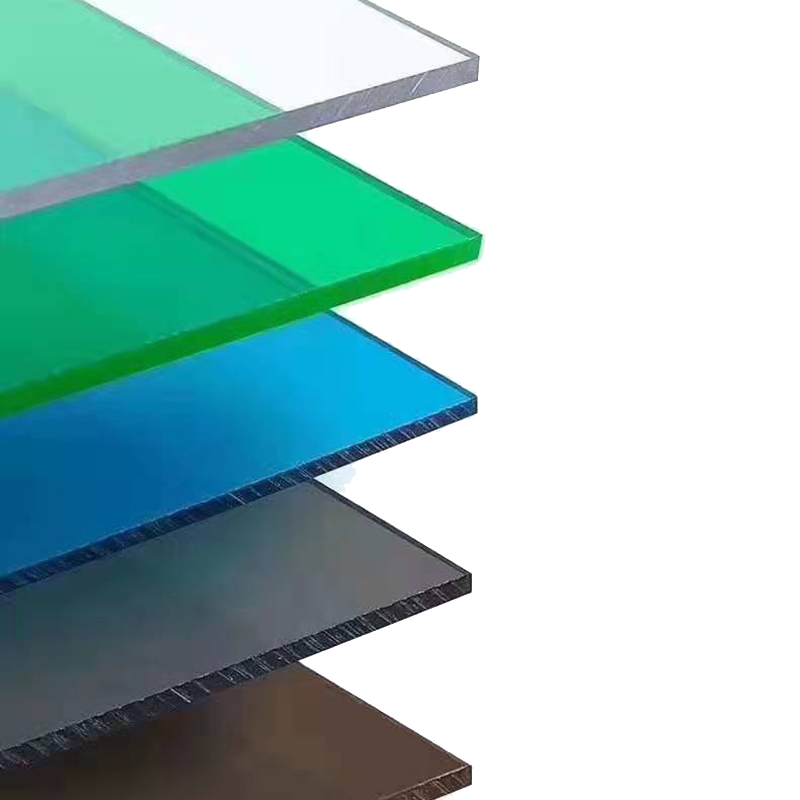
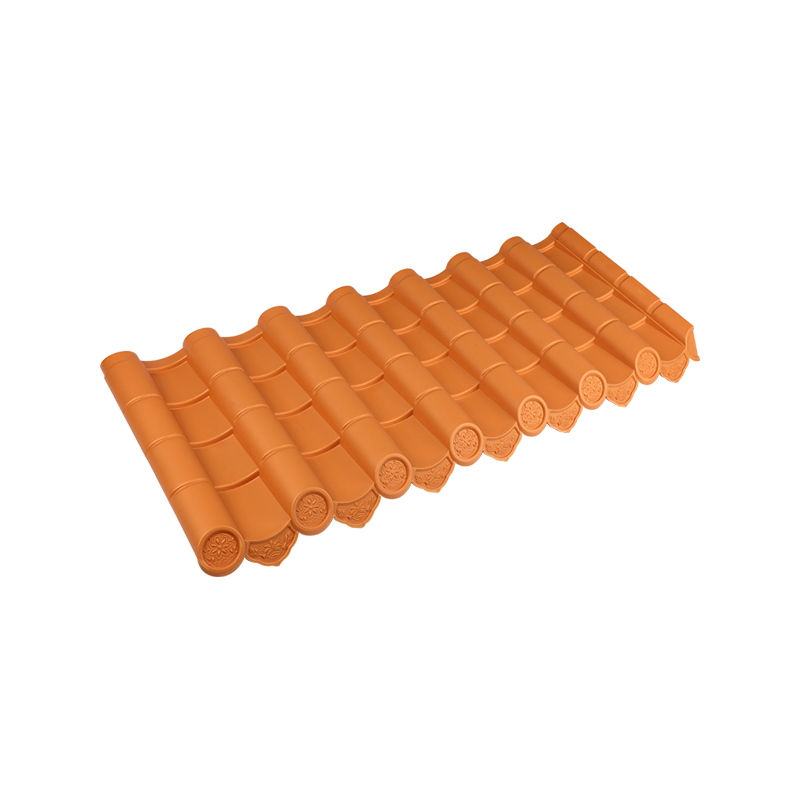
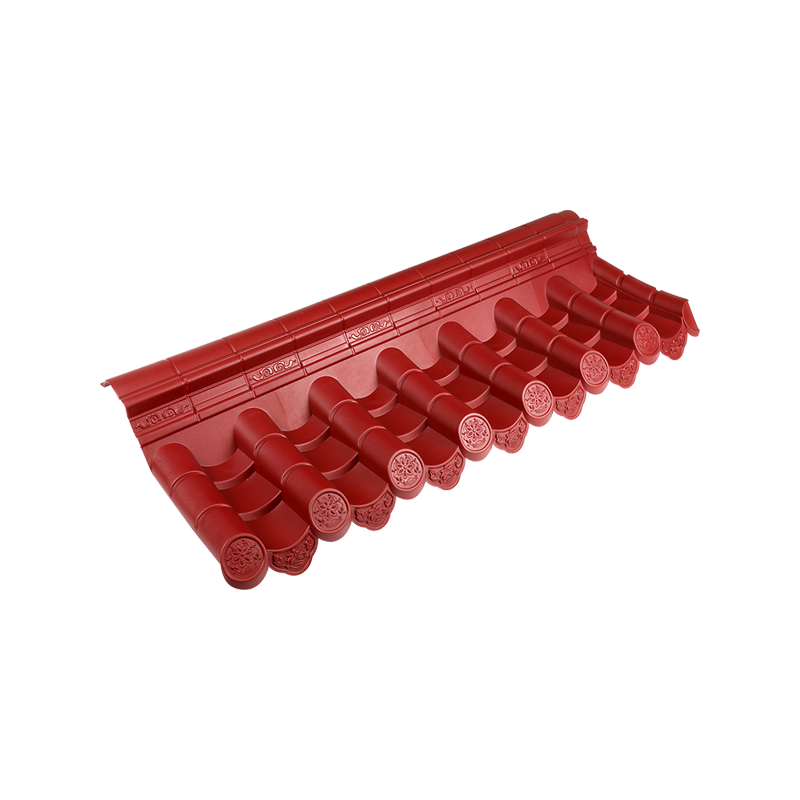


 Email:
Email: Phone:
Phone: Adress:
Adress: